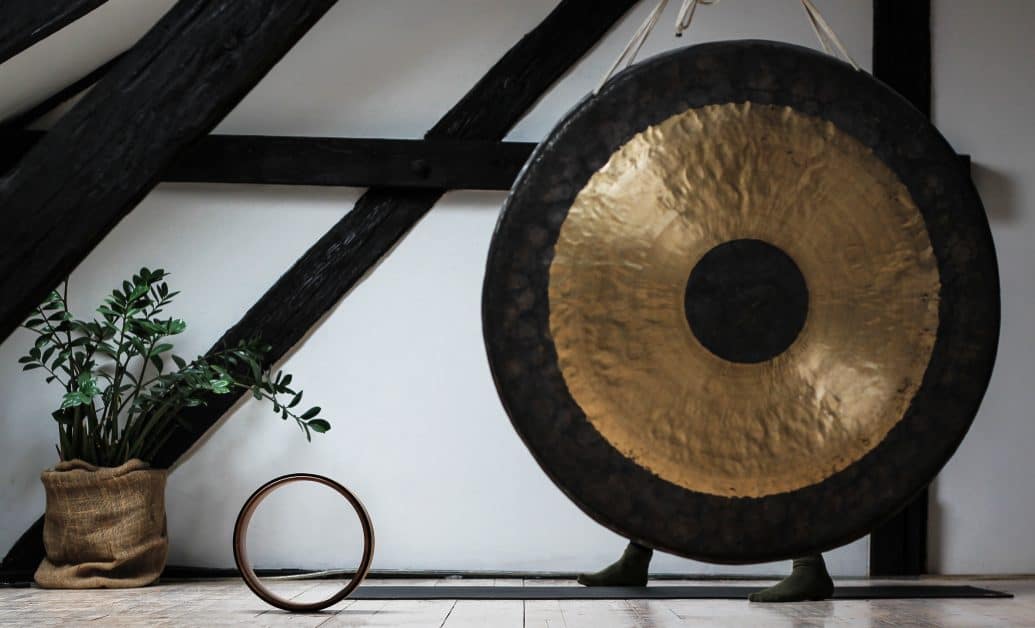Your cart is currently empty!

What is a Gong?
A gong is a percussion instrument that consists of a large, circular metal disc with a slightly raised center, known as the boss or nipple. It is typically made of bronze or a similar alloy and is played by striking it with a mallet or a padded beater.
Gongs have a rich history and are found in various cultures and musical traditions around the world. They have been used for ceremonial, spiritual, and artistic purposes for centuries. In many traditions, gongs hold symbolic and ritualistic significance.
Gongs produce a wide range of sounds, from deep and resonant tones to shimmering and high-pitched vibrations. The specific sound produced depends on factors such as the size, thickness, and shape of the gong, as well as the technique and force used in striking it.
Gongs are known for their unique and complex harmonics. When struck, the metal vibrates, creating multiple layers of tones and overtones. The resulting sound can be sustained or quickly decaying, depending on the manner of playing.

Gongs are used in various musical genres, including orchestral music, jazz, world music, and meditation practices. They are valued for their ability to produce a sense of depth, power, and resonance. In meditative and healing contexts, gongs are often employed for their soothing and therapeutic qualities, as their vibrations can promote relaxation, balance, and a sense of inner calm.

Hire a Private Gong Bath Experience – Immersive Meditation and Healing Soundscapes for Central Florida and the Space Coast
Let the healing sounds of planetary gongs wash over you and your group. Book your private gong bath today and experience a meditative journey like no other! Available anywhere in Brevard, Polk, or Highlands counties of Florida.
Modern gongs come in different sizes and designs to achieve specific sounds and effects. Some gongs are flat, while others have a more convex or conical shape. The playing technique and choice of mallet also contribute to the variety of sounds that can be produced.
Overall, gongs are versatile instruments with a rich sonic character, making them valued components of various musical and spiritual practices.
